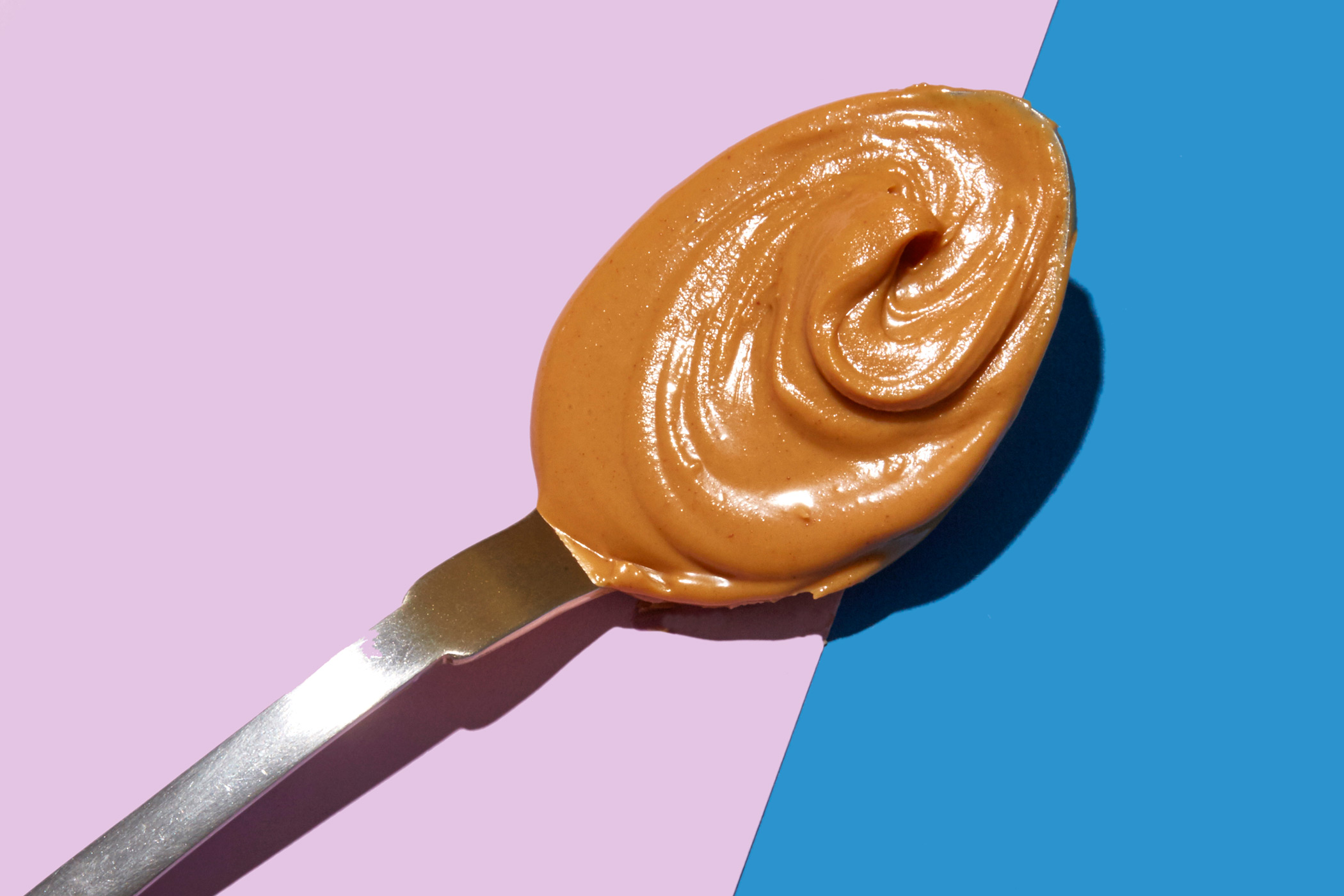
ICYMI, the Internet was abuzz this week in a great ketchup debate: whether the red stuff you slather on everything from burgers to fries should be refrigerated. The answer doesn’t seem to be totally straightforward: acidity, salt and sugar (which ketchup has) tend to keep things safe on the shelf, although salt reductions in ketchup recently mean you might want to refrigerate it.
But luckily, how to store other condiments is much less confusing. Here are five you can keep in the cupboard, and four more you must move to your refrigerator.
In the pantry
Butter: Even though butter is technically a dairy product and we can all agree dairy should definitely be kept cold, the FDA makes an exception for butter. Why? Unlike its milk and cream relatives, butter is not a Temperature Control for Safety (TCS) food, which means it can be eaten and stored safely at room temperature.
Olive oil: This go-to cooking ingredient—and lovely complement to nuts, breads, and even desserts—last the exact same amount of time whether you keep it in your cupboard or in your refrigerator. (For the record, it’s about 12 months.) So we say keep it in a cool, dark place; it tastes better at room temperature anyway.
Hot sauce: This pantry staple can stay put. There’s little risk in not refrigerating hot sauce even after its opened, thanks to two key ingredients, vinegar and salt, which act as preservatives for up to eight weeks after its opened. But if you want to extend its shelf life, you can keep hot sauce in the refrigerator for up to six months.
Honey: Not only is this sweet syrup totally safe to eat straight from the pantry, but you could be making it difficult to use if you put it in the refrigerator. As it cools, honey thickens—and it quickly becomes all-but-impossible to squirt out until it returns to room temperature once more.
Peanut butter: With the exception of natural peanut butters, this nutty spread can be safely kept in your cupboard for up to three months after its opened. But beware: because peanut butter has few preservatives, it can easily degrade. One easy way to keep it in tip-top shape is to use a clean utensil every time you scoop from the jar.
In the fridge
Mayonnaise: You may buy mayonnaise off a non-refrigerated shelf, but the second you pop the top, you must put it in the refrigerator. In fact, the USDA recommends opened mayo be tossed in the trash if its temperature reaches 50 degrees or higher for more than eight hours.
Soy sauce: If you’re reading Kikkoman’s on-the-bottle instructions, it’s best to move this salty product to your refrigerator once it’s opened. There, it can remain in its cool condition for a good 2 years—even though we know you’ll use it faster than that.
Salad dressing: It may be obvious to store creamy ranch dressing on your refrigerator’s shelf, but oily dressings such as Italian or a vinaigrette should be kept cold after opening too. That’s because their key ingredients—think things such as shallots and citrus juice—will go rancid without refrigeration.
Dijon Mustard: You (probably) paid a pretty penny for the special spicy punch of Dijon mustard—and if you don’t put it in the refrigerator, you could, as mustard giant French’s says, ruin its flavor profile. So while Dijon mustard won’t necessary spoil at room temperature, you’ll get more bang for your buck by keeping it in the fridge after it’s opened.
More Must-Reads from TIME
- Inside Elon Musk’s War on Washington
- Meet the 2025 Women of the Year
- The Harsh Truth About Disability Inclusion
- Why Do More Young Adults Have Cancer?
- Colman Domingo Leads With Radical Love
- How to Get Better at Doing Things Alone
- Cecily Strong on Goober the Clown
- Column: The Rise of America’s Broligarchy
Contact us at letters@time.com